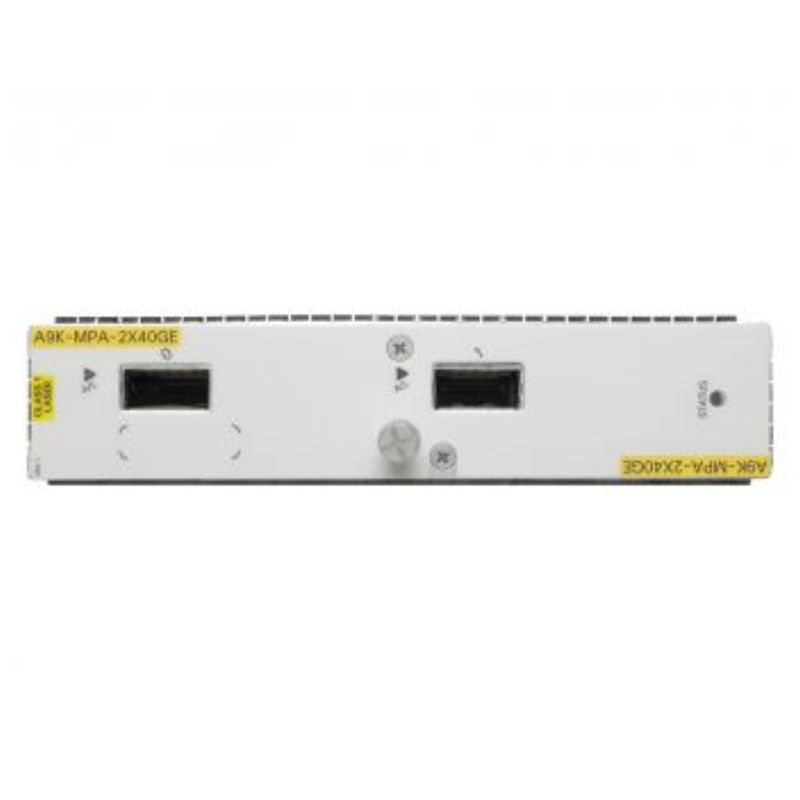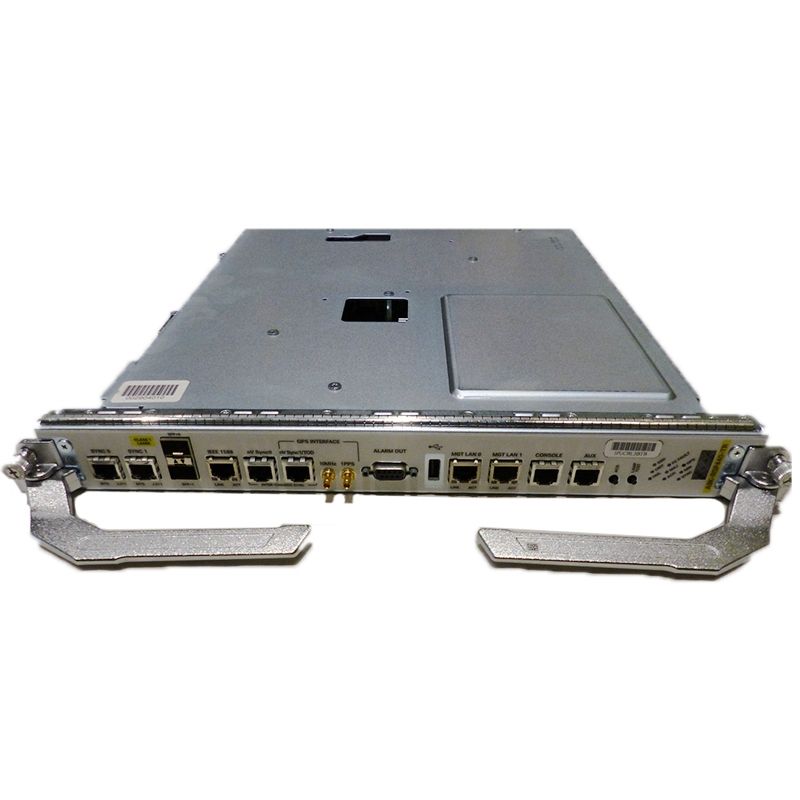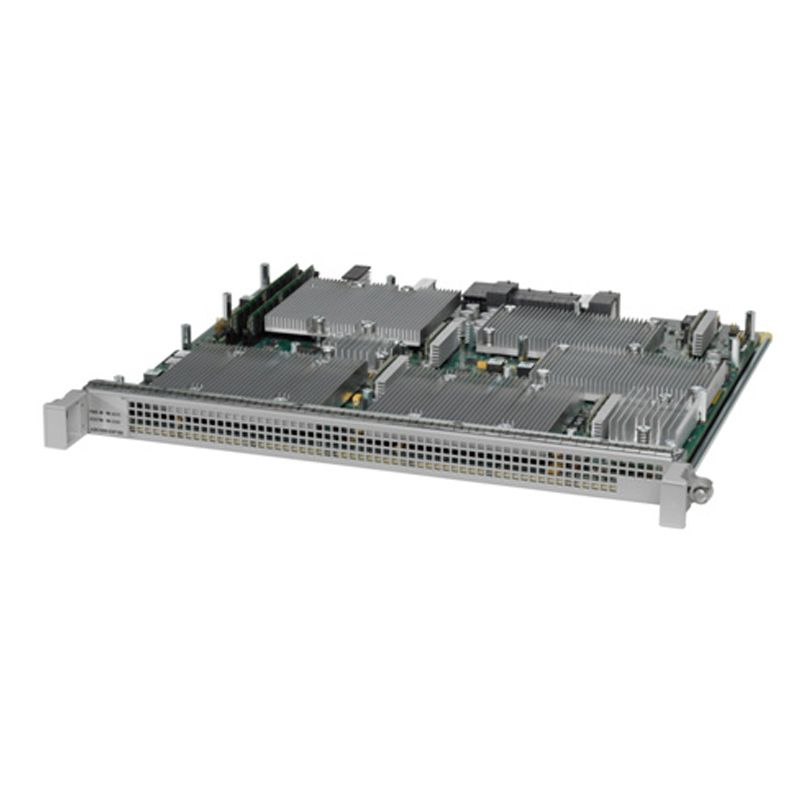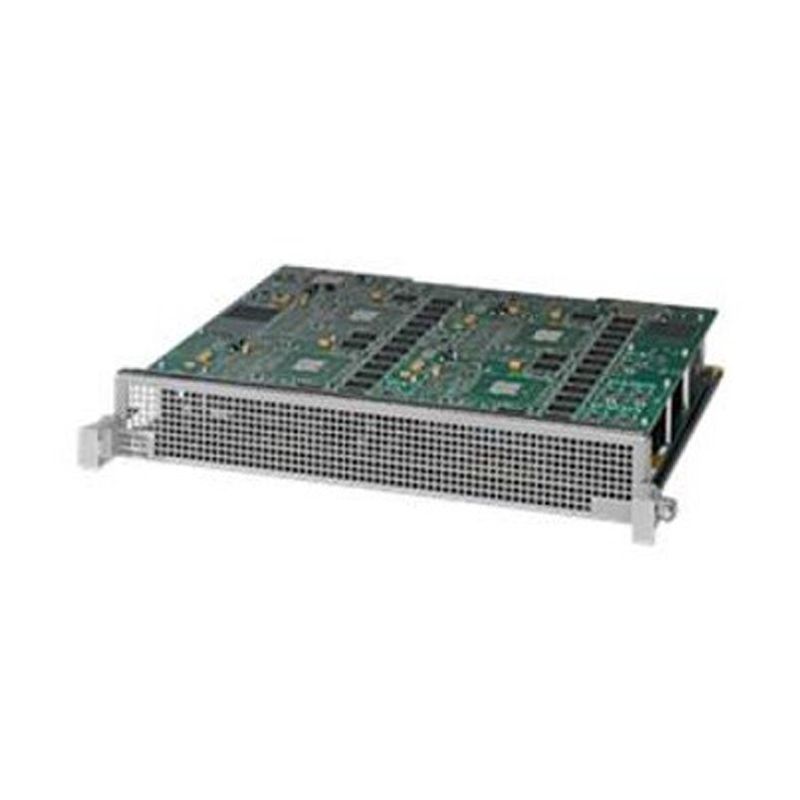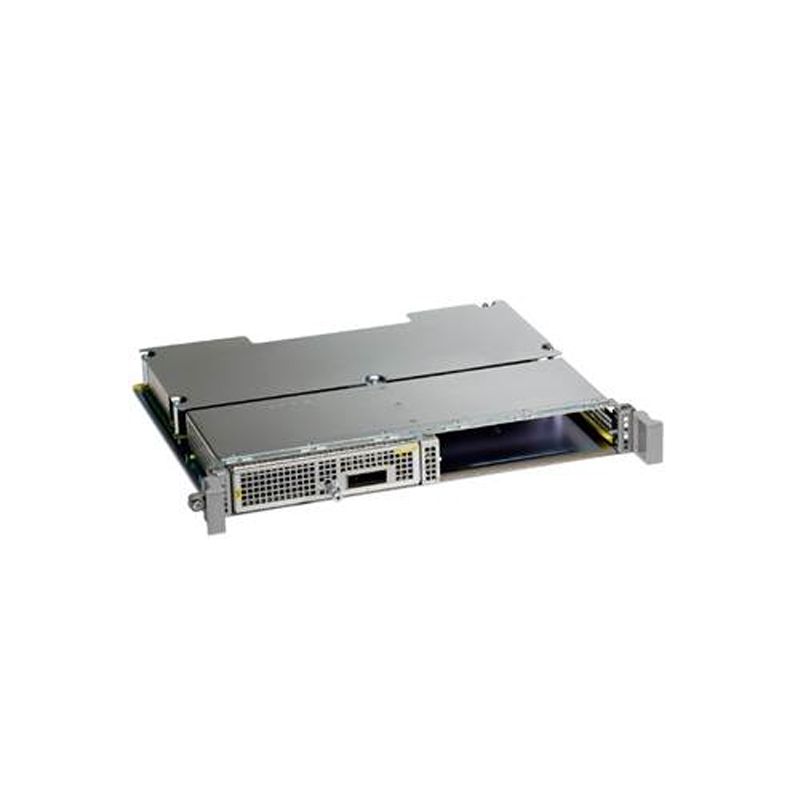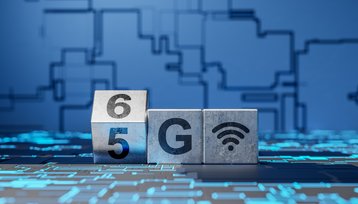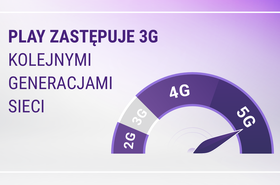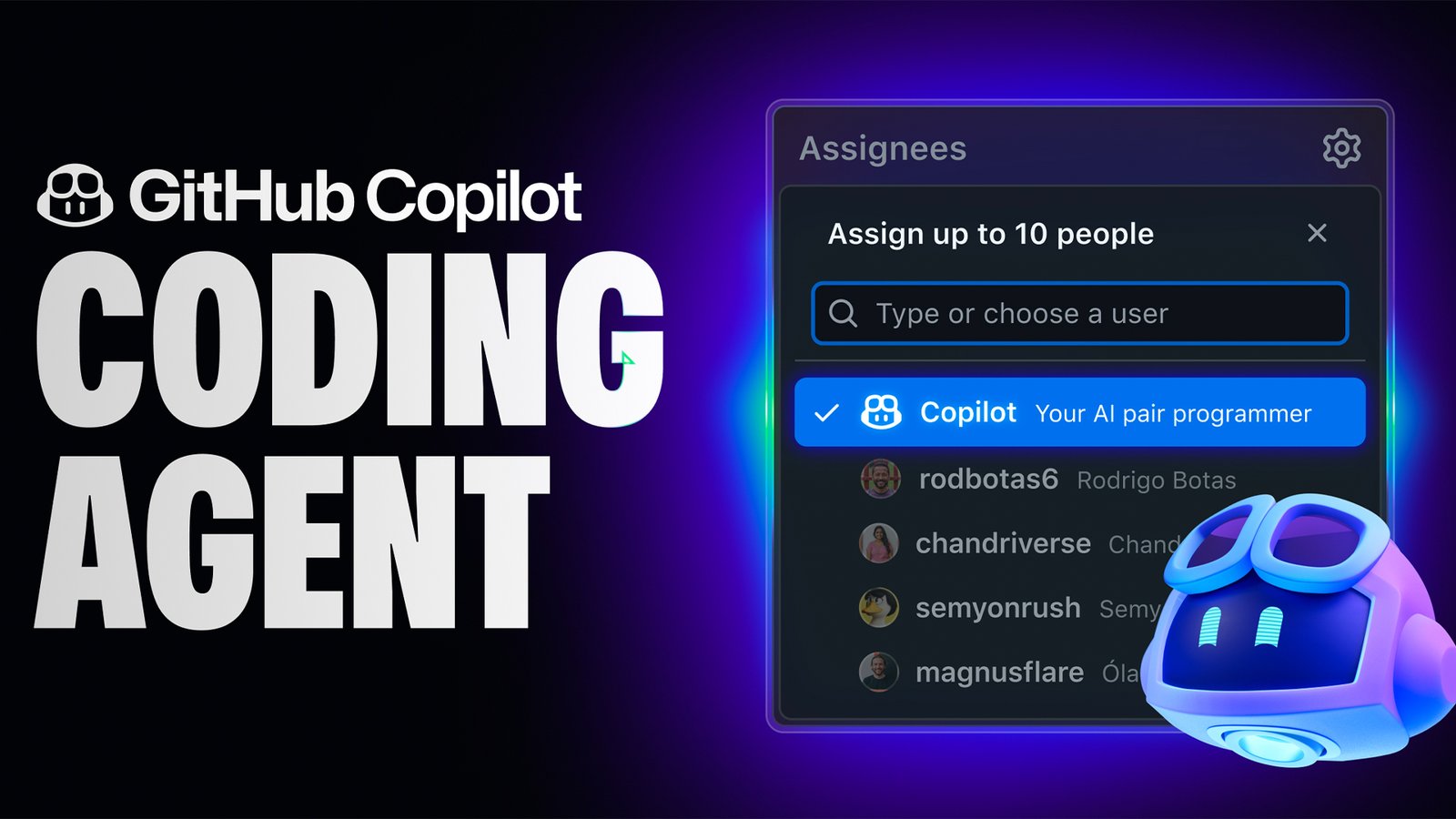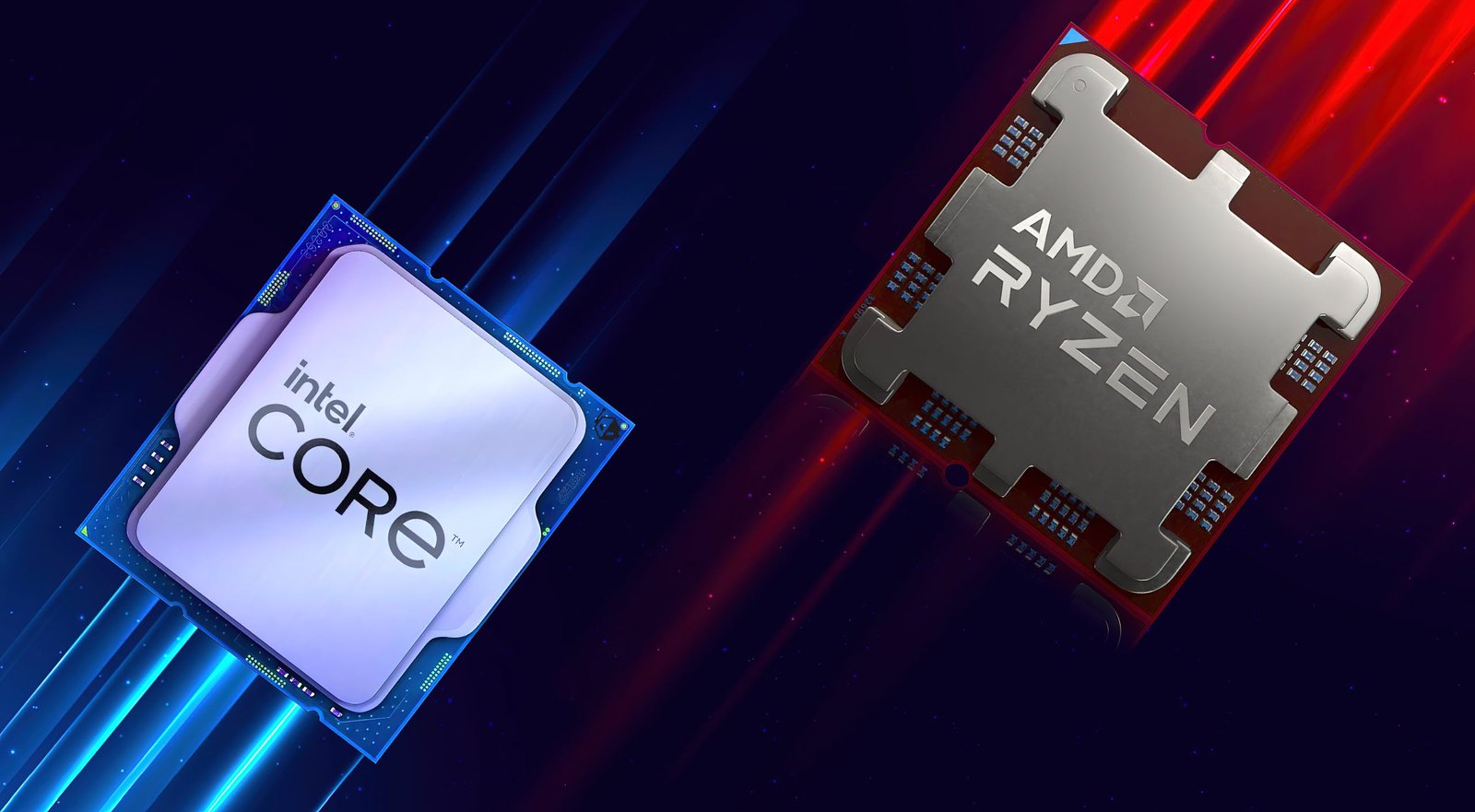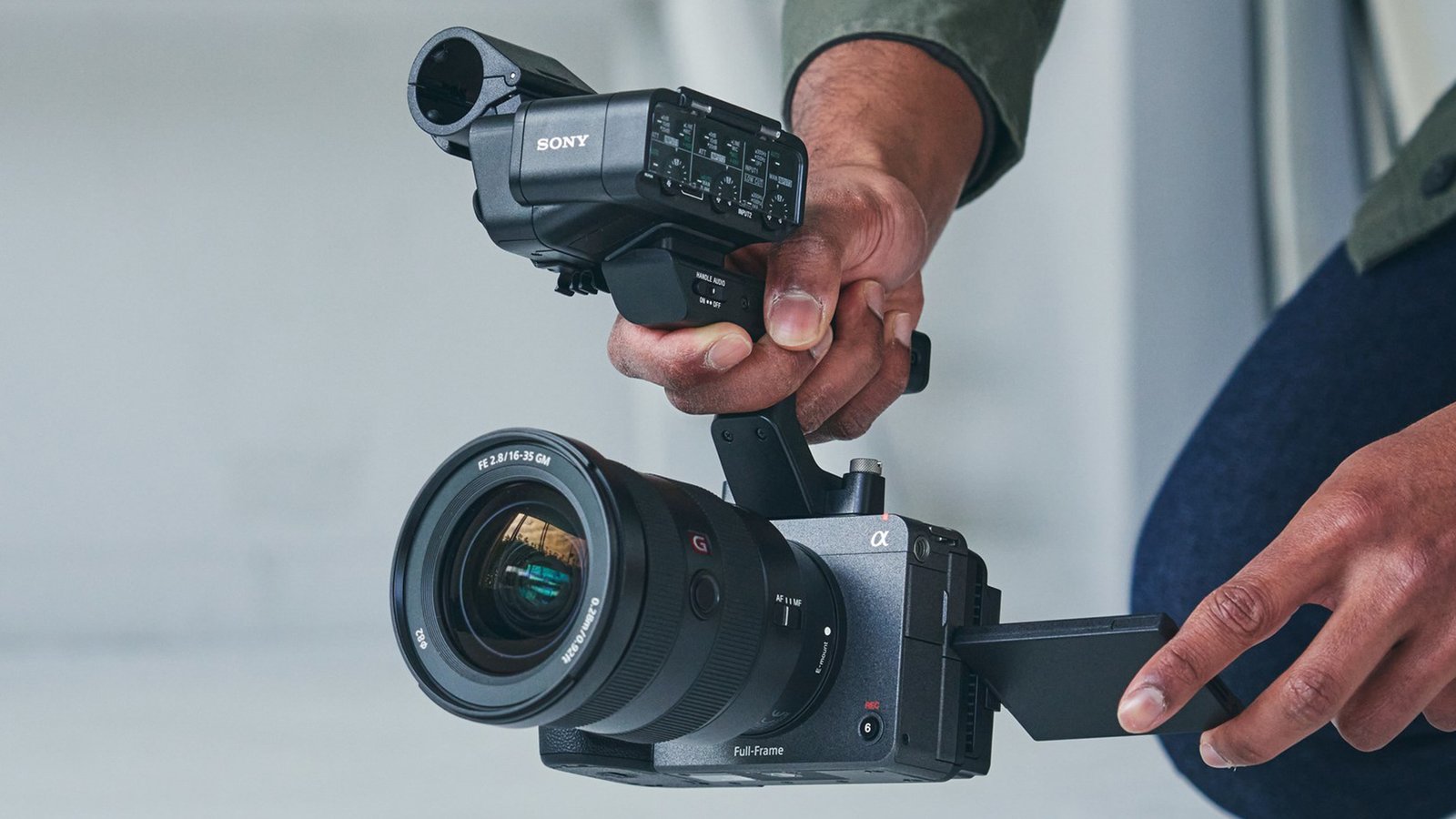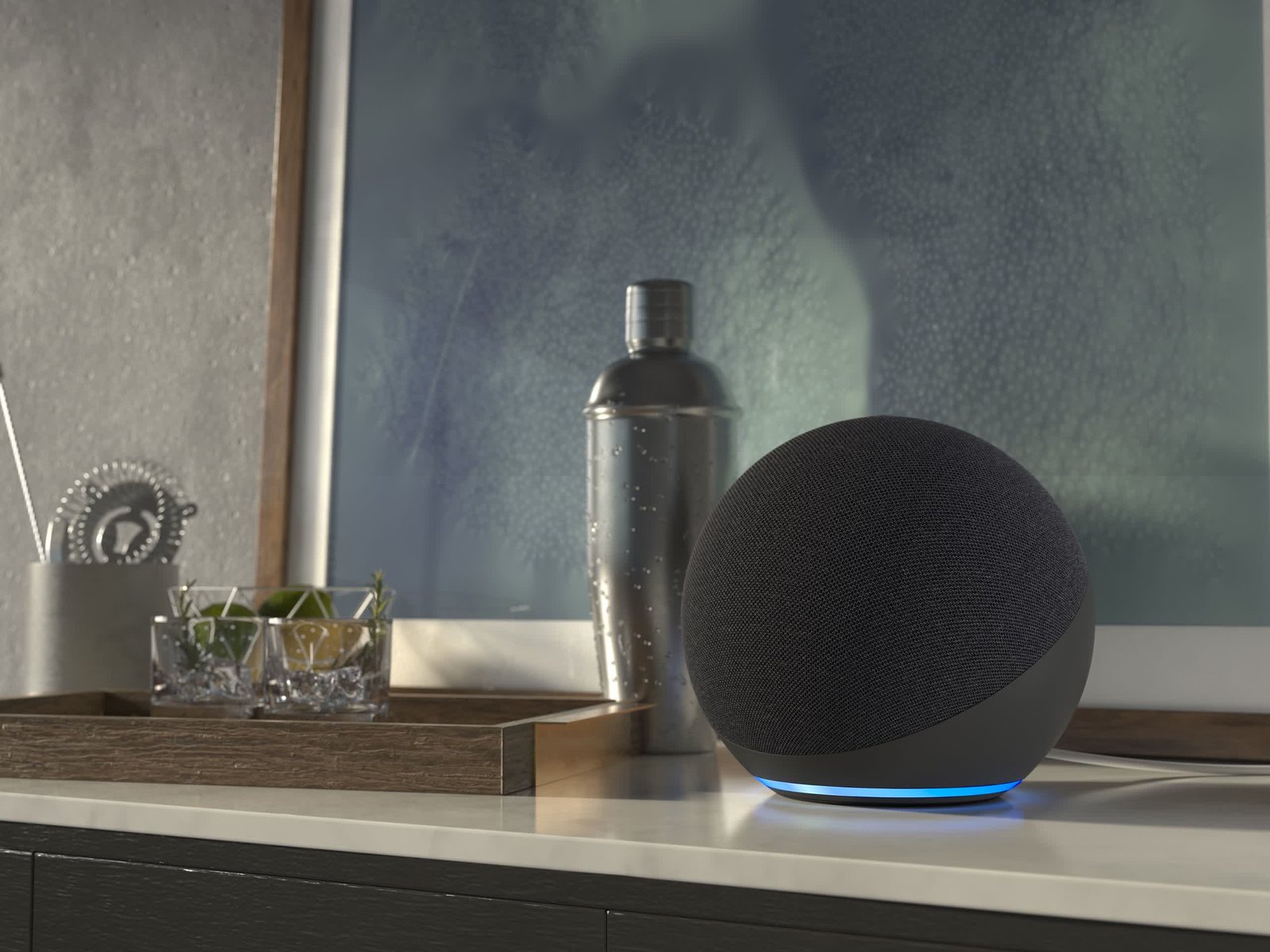The end of the decade will be here sooner than we think, so it’s important to ensure we’re ready for 6G
The future of wireless is closer than you think. The advent of 6G promises higher performance and flexibility to enable use cases far beyond what we do with today’s wireless systems. With the commercial availability of these next-generation networks expected by the early 2030s, the industry is shifting from research into the development and standardization phase.
6G will usher in an unprecedented era of global connectivity with new use cases, devices, and services. The wireless network promises to transform communications and underpin an expansive, intelligent edge with unprecedented data rates, ultra-reliable connectivity, deeper immersive experiences, ubiquitous coverage, AI-native capabilities, and quantum security.
Effectively validating and optimizing these innovations for real-world deployment is a key driver of 6G’s success. However, the complexity of testing scenarios has increased significantly with use cases, including autonomous mobility, mixed reality, and eHealth, which require a more user-centric approach. Therefore, for 6G to deliver on its potential of creating a more intelligent and responsive digital environment, testing methods must expand beyond established parameters and address the following.

Work is underway on 6G networks. Whether the industry needs them is another matter
Integrating AI/ML
A core component of 6G is the integration of artificial intelligence (AI) and machine learning (ML). Research is underway to develop new models to see how the technologies can help optimize network performance, manage resources, improve security, address the complexities of radio beam management, and reduce power consumption. For example, the latter could be achieved through intelligence that switches components on and off based on real-time operational data, which would help optimize energy usage.
Rather than relying on large language models, 6G applications of ML are trained on a combination of technical information from networks, circuits, and synthesized data from simulation and emulation tools. These models require extensive evaluation to ensure they are robust and reliable, which necessitates training on diverse datasets, measuring the performance against traditional methods, and establishing new testing methodologies. Taking these critical steps will help ensure the responsible and effective adoption of this emerging technology.
Testing frameworks must also weigh the intelligence’s benefits against its additional complexity and increased cost. As part of this, KPIs should track energy consumption, computational demands, and speed and reliability. As intelligence and autonomy increase, testing strategies must adapt and expand to ensure even rare situations are evaluated to guarantee performance in real-world deployments, while 3GPP works on building a framework so that AI can be added to cellular standards.
User-centric testing: beyond the network
6G necessitates a shift in how performance is measured. Current metrics focus on network-centric KPIs such as throughput and latency, but next-generation wireless use cases, including autonomous mobility, immersive mixed reality, and eHealth, require a more user-centric approach.
With 6G aiming to deliver seamless and immersive experiences, testing methodologies must evolve to capture the end-user perspective, which significantly expands requirements. Cross-layer testing encompassing application, transport, and physical layers is necessary to evaluate the experience, particularly with diverse ecosystems like wearables and IoT devices.
To understand the user perspective requires establishing quality of experience (QoE) metrics, especially in immersive and multi-sensory applications, such as watching a football game from a virtual vantage point, with the option to interact with the broadcast or other viewers.
Therefore, testing must evaluate the synchronization and precision of visual, auditory, and haptic feedback. This is particularly important for applications like holography and extended reality (XR). Additionally, context-aware testing is crucial for assessing network adaptability in scenarios such as low-light augmented reality or high-speed mobility in XR applications to deliver a consistent and reliable performance.
Over-the-air testing: a new frontier
With 6G ushering in new spectrum bands and advanced antenna technologies, this presents numerous challenges for over-the-air (OTA) testing, including:
- Evaluating multi-user MIMO (MU-MIMO) performance. This requires the development of sophisticated test cases to understand how base stations handle high antenna counts and simultaneous connections.
- Utilizing dynamic and three-dimensional channel models for OTA test cases. These models provide a more realistic representation of the diverse environments, such as aerial, maritime, and space, where 6G devices will operate. Additionally, it’s critical for applications like autonomous vehicles and industrial automation that wireless connectivity will support.
- Accelerating OTA testing time without compromising accuracy or reliability. As manufacturers and operators bring new products to market, exploring non-parametric testing methods is crucial, as it helps streamline the process. This ensures that devices meet performance standards while accelerating their deployment. OTA testing advancements are vital for validating 6G network capabilities and supporting the next generation of wireless innovation.
Navigating 6G testability
With the telecoms industry gearing up for the next generation of wireless connectivity, testability is emerging as an important success factor. As 6G moves into development, incorporating rigorous testing early in the standardization phase is critical to avoid delays.
However, with the complexity and challenges involved, the industry ecosystem must collaborate to advance methodologies that validate 6G’s performance under real-world conditions.
Implementing flexible and innovative testing frameworks that can support 6G is critical to delivering robust, reliable, and transformative wireless connectivity. This puts testing and validation firmly in the spotlight for the foreseeable future.











